Spaces and Mobilities in
Mediatized Worlds
An Interdisciplinary
International Conference
Karlstad, SWEDEN, 5-8 May 2015
GeoMedia 2015 provides a genuinely interdisciplinary arena for research carried out at the crossroads of Geography, Media and Film Studies. The aim of the conference is to map out the current terrain of communication geographical research, pinpointing its main areas of debate and assessing the prospects of communication geography as a more formalized academic field. GeoMedia 2015 welcomes scholars of all disciplines who address questions pertaining to the space-mobility-media-communication nexus and want to take part in current epistemological discussions regarding communication geography and its future(s).
Confirmed keynote speakers:
Mustafa Dikec – Royal Holloway, University of London, UK
Mimi Sheller – Drexel University, Philadelphia, USA
John Tomlinson – Nottingham Trent University, UK
Confirmed plenary panel:
Paul C. Adams (chair) – University of Texas at
Austin, USA
Julie Cupples – University of Edinburgh, UK
Dana Diminescu – Fondation Maison des Sciences de l’Homme,
Paris, France
Hille Koskela – University of Turku, Finland
Confirmed films & directors:
“The Forgotten Space” – Noël Burch (director)
“Cosmopolitanism” – Erik Gandini (director)
Abstract submissions:
GeoMedia 2015 welcomes proposals for individual papers as well as thematic panels in English through www.geomedia.se
Individual paper proposals: The author submits an abstract of 200-250 words. Accepted papers are grouped by the organizers into sessions of 5 papers according to thematic area.
Thematic panel proposals: The chair of the panel submits a proposal consisting of 4-5 individual paper abstracts (200-250 words) along with a general panel presentation of 200-250 words.
Suggested themes include, but are not limited to:–
Communication geographies
– Mobilities and locative media
– Power geometries of/in motion
– “Newsworthy” spaces
– Mobilities, flows and new media
– Material geographies of media
– Policy mobilities and power
– Media ecologies
– Lifestyle and tourism mobilities
– Pervasive media
– Cinematic geographies
– Mobility and governance
– New media and the productions of place/space
– Urban and rural media spaces
– Geographies of media and culture industries
– Art and event spaces
We plan to put together an anthology (not a proceedings) of selected papers and publish it with an established international scholarly press. Information will be provided to conference participants.
Conference Timeline
August 16: Submission system opens
October 10 2014: Deadline for thematic panel proposals
December 1 2014: Deadline for individual paper proposals
December 15: Registration opens
January 16 2015: Notes of acceptance
March 31 2015: Last day of registration
Conference website:
Information about the registration, conference program, venue, social events and practical arrangements, will be posted continuously at the conference website: www.geomedia.se
Contact: you can reach us at info@geomedia.se
Organizers and venue:
GeoMedia 2015 is hosted by the Department of Geography, Media and
Communication at Karlstad University, Sweden.
Mekonnen
Tesfahuney, Conference General
Linda
Ryan Bengtsson, GeoMedia Co-ordinator
André Jansson,
Director of GeoMedia
CONFERENCE STATEMENT
GeoMedia
2015 provides a genuinely interdisciplinary arena for research carried out at the crossroads of Geography, Media and Film Studies. The aim of the conference is to map out the current terrain of communication geographical research, pinpointing its main areas of debate and assessing the prospects of communication geography as a more formalized academic field.
As stated by a number of scholars during the last decade, there are obvious reasons as to why such a field has emerged. Notably, recent developments in terms of expanding (trans)media technologies/networks together with intensified forms of mobility (migration, tourism, commuting, etc.) have had ambiguous spatial consequences: they alter the ways in which spaces and places are produced; they create new hybrid and interstitial spaces, and they affect how people establish senses of belonging and understandings of the world. Spatial practices and experiences, whether we look at the mundane level of everyday life or institutionalized processes such as regional governance or cultural production, are thus increasingly mediatized, i.e., saturated by or dependent on various media technologies and symbolic flows. Traditional mass media, and their modes of interpreting and encoding the world, are being supplemented by various forms of privatized media that sometimes have direct geographical impacts on social life; materially (e.g., portable digital devices) and representationally (e.g., geo-tagging).
At the same time, the conditions for communication in general and media practices in particular become more complex in times of intensified mobility and porous (territorial) boundaries: the places and spaces of symbolic circulation are no longer as clear-cut as they used to be, and questions of policies and legislations pertaining to media infrastructures and content circulation become more open-ended. Pre-established centres of mediated and symbolic power are contested.
These on-going transformations account for converging research agendas among geographers and media/film scholars. Communication geography is also an epistemological project that must be open to neighbouring fields such as sociology, cultural studies, anthropology and political science. The mediatized relations between spatial processes and communication can be related to overarching transformations of modern, capitalist societies, and to the enduring significance of economic, cultural and social power structures. Whereas the means and expressions of spatial production (including phenomena ranging from the everyday textures of the domestic sphere to ideologies of urban transformation and place branding) may alter in tandem with media developments, these are still shaped by gender, ethnicity and class relations. Whereas concepts such as communication, place and distance are in need of problematization, as suggested by various epistemological “turns” (e.g. the “spatial turn”, the “mobility turn” and the “cultural turn”), such discussions have to be framed by structural understandings of society as well as micro-oriented accounts of human nature and agency.



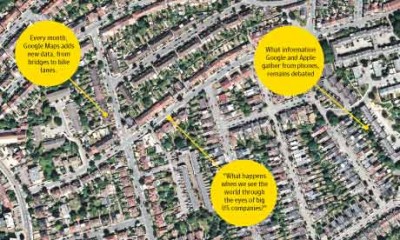 This is quite an old Guardian article now (August 2012), but as I just found a print copy whilst sorting out some old papers I thought it worth posting to keep a record of it.
This is quite an old Guardian article now (August 2012), but as I just found a print copy whilst sorting out some old papers I thought it worth posting to keep a record of it.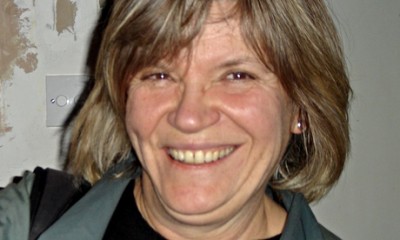
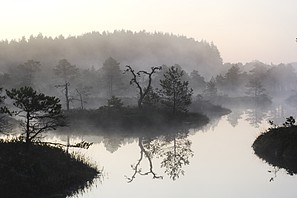
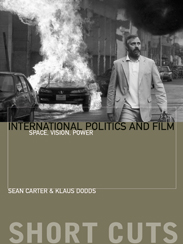
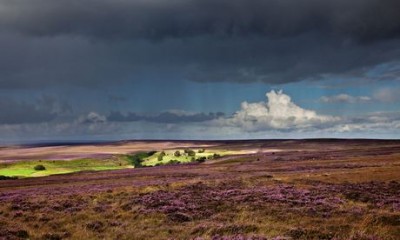 New book out by William Atkins: The Moor: Lives Landscape Literature (Faber & Faber, 2014)
New book out by William Atkins: The Moor: Lives Landscape Literature (Faber & Faber, 2014) On 22 May I presented a paper at a symposium held at LJMU, organised by Yannis Tzioumakis (University of Liverpool) and Lydia Papadimitriou (LJMU) –
On 22 May I presented a paper at a symposium held at LJMU, organised by Yannis Tzioumakis (University of Liverpool) and Lydia Papadimitriou (LJMU) – 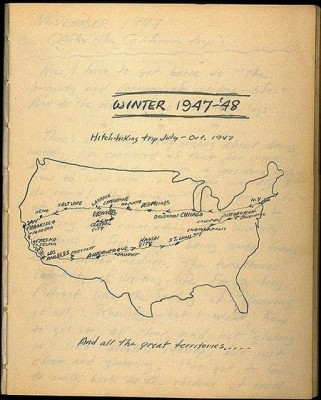
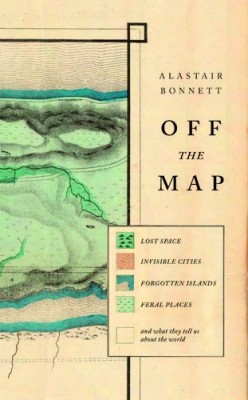
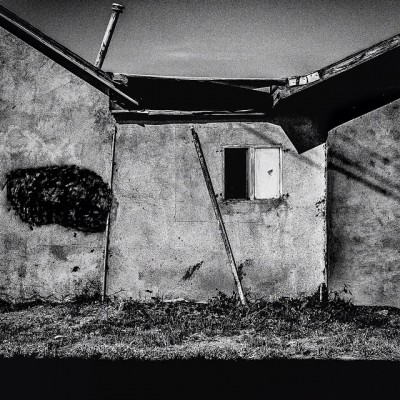 The Geography of Poverty:
The Geography of Poverty: 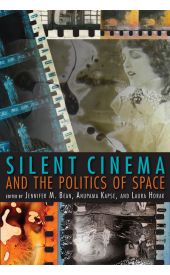
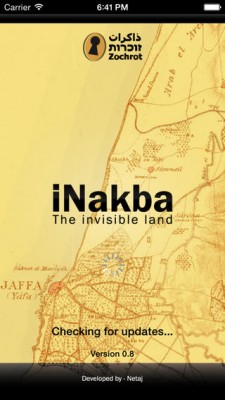 Remembering the Nakba: Israeli group puts 1948 Palestine back on the map
Remembering the Nakba: Israeli group puts 1948 Palestine back on the map